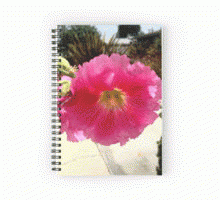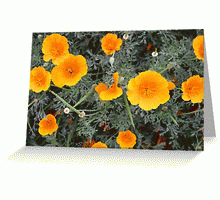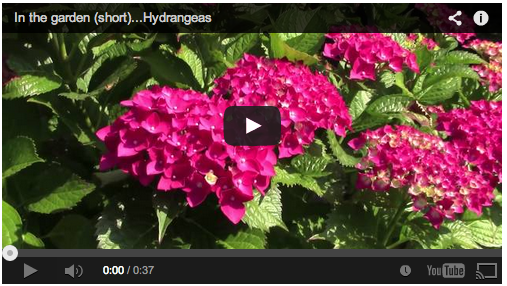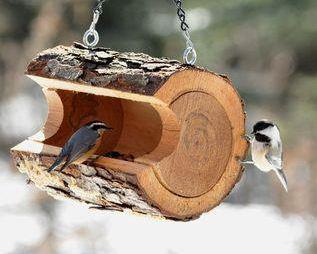Garden Alphabet: Hosta
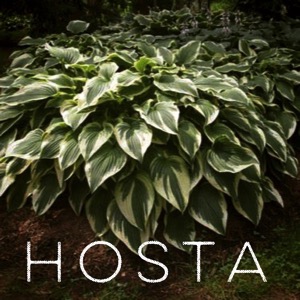
Hosta (/ˈhɒstə/,[5] syn. Funkia) is a genus of plants commonly known as hostas, plantain lilies (particularly in Britain) and occasionally by the Japanese name giboshi. Hostas are widely cultivated as shade-tolerant foliage plants. The genus is currently placed in the family Asparagaceae, subfamily Agavoideae,[6] and is native to northeast Asia (China, Japan, Korea, and the Russian Far East).[4] Like many “lilioid monocots“, the genus was once classified in the Liliaceae. The genus was named by Austrian botanist Leopold Trattinnick in 1812,[7] in honor of the Austrian botanist Nicholas Thomas Host.[8] In 1817, the generic name Funkia was used by German botanist Kurt Sprengel in honor of Heinrich Funk, a collector of ferns and alpines;[9] this was later used as a common name and can be found in some older literature.
Hostas are herbaceous perennial plants, growing from rhizomes or stolons,[10] with broad lanceolate or ovate leaves varying widely in size by species from 1–18 in (3–45 cm) long and 0.75–12 in (2–30 cm) broad. The smallest varieties are called miniatures. Variation among the numerous cultivars is even greater, with clumps ranging from less than four in (10 cm) across and three in (8 cm) high to more than six ft (200 cm) across and four ft (130 cm) high. Leaf color in wild species is typically green, although some species (e.g., H. sieboldiana) are known for a glaucous waxy leaf coating that gives a blue appearance to the leaf. Some species have a glaucous white coating covering the underside of the leaves. Natural mutations of native species are known with yellow-green (“gold”) colored leaves or with leaf variegation (either white/cream or yellowish edges or centers). Variegated plants very often give rise to sports that are the result of the reshuffling of cell layers during bud formation, producing foliage with mixed pigment sections. In seedlings variegation is generally maternally derived by chloroplast transfer and is not a genetically inheritable trait.
The flowers are produced on erect scapes, generally taller than the leaf mound, that end in terminal racemes. The individual flowers are usually pendulous, 0.75–2 in (2–5 cm) long, with six petals, white, lavender, or violet in color and usually scentless. The only strongly fragrant species is Hosta plantaginea, which has white flowers up to four in (10 cm) long; it is also unusual in that the flowers open in the evening and close by morning. This species blooms in late summer and is sometimes known as “August Lily”. — Wikipedia
Get my photos a variety of products including tote bags, mugs, posters and more!
More information on Hosta:
Previously in Garden Alphabet:
- Acanthus
- Agapanthus (Lily of the Nile)
- Agave americana
- Amaryllis
- Apricot (Prunus armeniaca)
- Aspen
- Azalea
- Banana
- Basil
- Bird of Paradise (Strelitzia)
- Bonsai
- Bougainvillea
- Brugmansia
- Butterfly (Lepidoptera)
- California Flannelbush (Fremontodendron californicum)
- California Poppy (Eschscholzia californica)
- Calla Lily (Zantedeschia aethiopica)
- Campsis radicans
- Castor Bean (Ricinus)
- Caltapa
- Chives (Allium schoenoprasum)
- Clematis
- Camellia
- Currant (Ribes)
- Dahlia
- Datura
- Japanese Cherry (Prunus serrulata)
- Daffodil (Narcissus)
- Dietes (Fortnight Lily)
- Dudleya
- Echinacea
- Ecualyptus
- Epiphyllum
- Poinsettia (Euphorbia pulcherrima)
- Ficus benjamina
- Freesia
- Fungi
- Geranium
- Gerbera Daisy
- Grape (Vitis vinifera)
- Helianthus (sunflower)
- Hibiscus (Malvaceae)
- Hollyhock (Alcea)
- Honeybee
- Common Ice Plant (Mesembryanthemum crystallinum)
- Iris
- Jacaranda mimosifolia
- Joshua Tree (Yucca brevifolia)
- Kniphofia “Red Hot Poker”
- Lantana
- Lavender (Lavendula)
- Kousa Dogwood (Cornus kousa)
- Magnolia x soulangeana (Saucer Magnolia/Tulip Tree)
- Mandevilla
- Magnolia Grandiflora
- Marigold (Calendula officinalis)
- Matilija Poppy (Romneya)
- Morning Glory (Convolvulaceae)
- Nandina
- Oleander (Nerium)
- Oleander (Nerium)
- Olive
- Orange
- Orchid from the Southern California Spring Garden Show 2013
- Oriental Poppy (Papaver orientale)
- Polygonatum (Solomon’s Seal)
- Paperwhites
- Pineapple (Ananas comosus)
- Primula (Primrose)
- Queen Anne’s Lace (Daucus carota)
- Rosa ‘JFK’
- Rosa ‘Mikado’
- Rudbeckia
- Salvia
- Squirrel
- Star Jasmine (Trachelospermum jasminoides)
- Succulents
- California Sycamore (Platanus racemosa)
- Sweet Potato (Ipomoea batatas)
- Tomato
- Vinca
- Water Lily (Nymphaeaceae)
- Wisteria
- Zinnia
